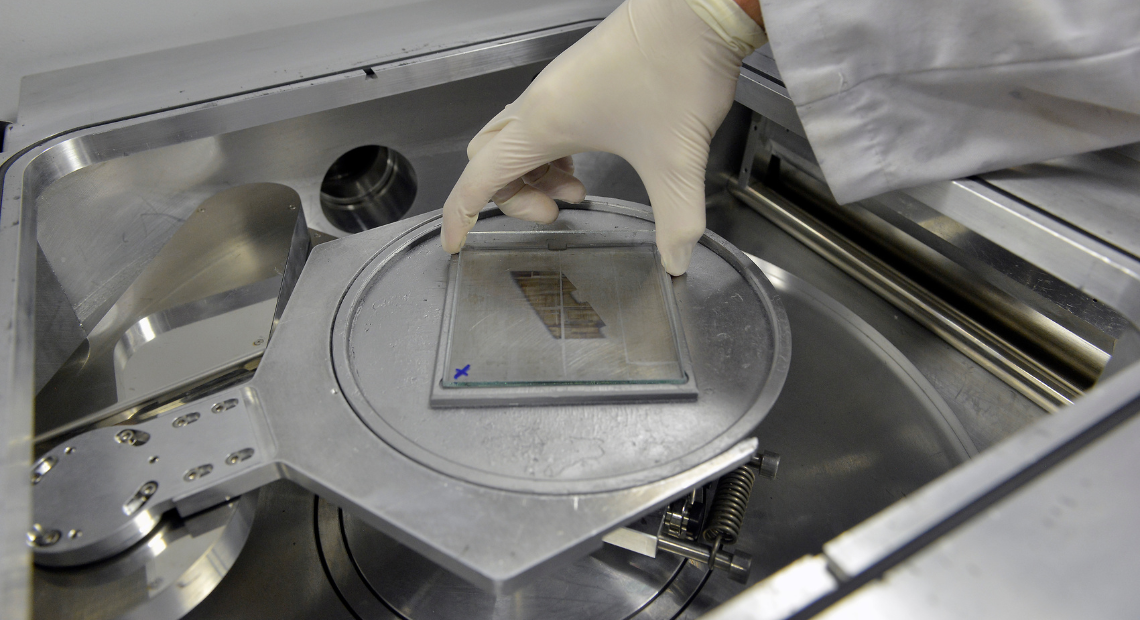The ubiquitous integration of photovoltaics (PV), key for EU’s twin transition, requires novel concepts and technologies that maximize performance and minimize visual intrusiveness in integrated PV applications.
In this context, HIDDEN-PV is a newly funded project that stands for “New wide bandgap photovoltaic devices based on sustainable materials and eco-efficient processes for ubiquitous integrated PV applications” which aims to develop a new generation of earth-abundant low toxicity wide bandgap PV devices based on Sb(S,Se)I for high performance in non-standard illumination and on (Zn,Mg)(O,S,Se) for truly transparent PV. The kick-off meeting is held in Luxemburg on November the 23th, 2023.
In a groundbreaking development, HIDDEN-PV technology is set to revolutionize the integration of photovoltaic (PV) elements across a multitude of applications. This innovative approach opens doors to widespread PV adoption in diverse scenarios, including the Internet of Things (IoT), integrated PV systems in buildings, vehicles, and urban environments, agrivoltaics, as well as tandem and bifacial PV configurations.
The implications of this project are far-reaching, impacting various facets of society. At its core, it contributes significantly to fundamental research, pushing the boundaries of scientific understanding in the field of photovoltaics. Furthermore, it has substantial economic implications, influencing multiple markets and boosting the European Union’s PV industry.
On a social level, HIDDEN-PV technology promises to make high-tech PV-powered products more readily available to consumers, ushering in a new era of sustainable and efficient technology. Environmentally, this technology offers a pivotal solution, enabling distributed PV generation that not only reduces CO2 emissions but also minimizes battery waste, aligning with global sustainability goals.
The project has a total budget of ~660k€ and will run for 3 years. The consortium is formed by 3 European partners including IREC (leader), Center for Physical Sciences and Technology (FTMC) and University of Luxemburg.
Victor Izquierdo from the Solar Energy Materials and Systems group at IREC is the coordinator of this project. The role of IREC in this project focuses on the development of novel wide bandgap PV materials and devices based on Sb(S,Se)I and (Zn,Mg)(O,S,Se), on the development of strategies to minimize their visual impact and to improve their integrability as well as on the social and environmental assessment of the HIDDEN-PV technology.
Project HIDDEN-PV (PCI2023-143430) was selected in the Joint Transnational Call 2022 of M-ERA.NET 3, which is an EU-funded network of about 49 funding organisations (Horizon 2020 grant agreement No 958174). HIDDEN-PV is funded by the MCIN/AEI/10.13039/501100011033 and co-financed by the European Union.




